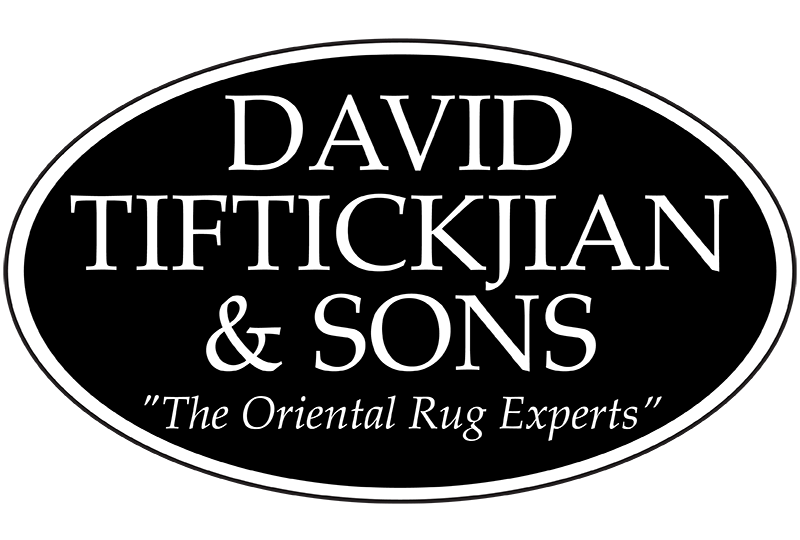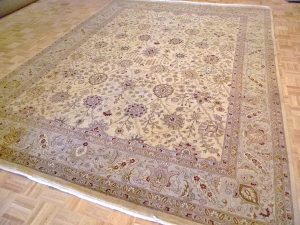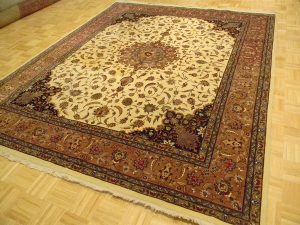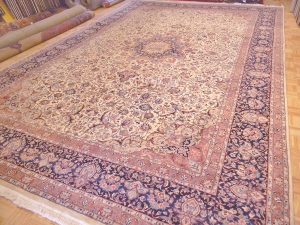Contemporary. Unique. Elaborate.
The carpet industry began to flourish in Pakistan in the 1960s, and has since become one of the most significant source of export revenue for this country. In contemporary Pakistan, carpet weaving has remained mainly a cottage industry with the great majority of pieces manufactured in individual dwellings which may contain several looms. Today, rugs are woven with high quality blends of indigenous and imported wool.
Until the 1970s, Pakistan had predominantly woven Bokkaras characterized by a repetitive octagonal or gul motif which is based on a traditional Central Asian Turkoman design. Today Bokkaras still account for a significant portion of total production are available in two styles, Mori and Jaldar. Mori Bokkaras featured the traditional gul motif and come in a broad array of colors—including traditional hues (e.g. reds, rusts, and ivories,) pastels, and fashion shades (e.g., peaches, corals, greys).
More recent has been the development of Jaldar Bokkaras generally displaying geometric, contemporary-style designs as well as motifs based on nomadic Caucasian sources. Colors are mainly contemporary, including pastels and jewel tones as well as black.
Pakistan deserves careful consideration as its very strong production capacity is geared to specific American decorative requirements. The broad range in colors and patterns, as well as the availability of higher-end Persian-style carpets, provides ample choices for today’s consumer.



